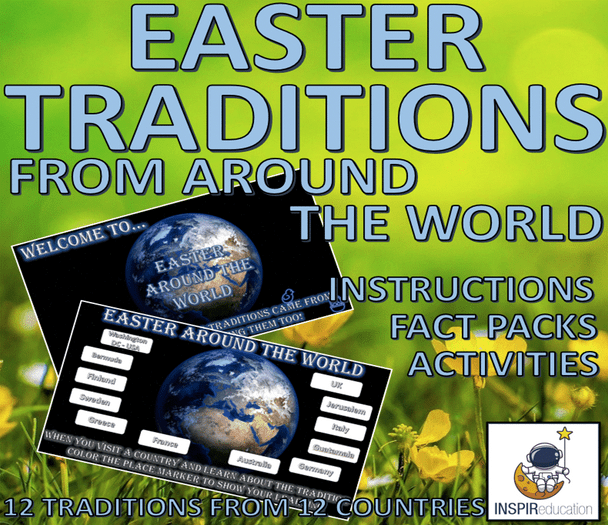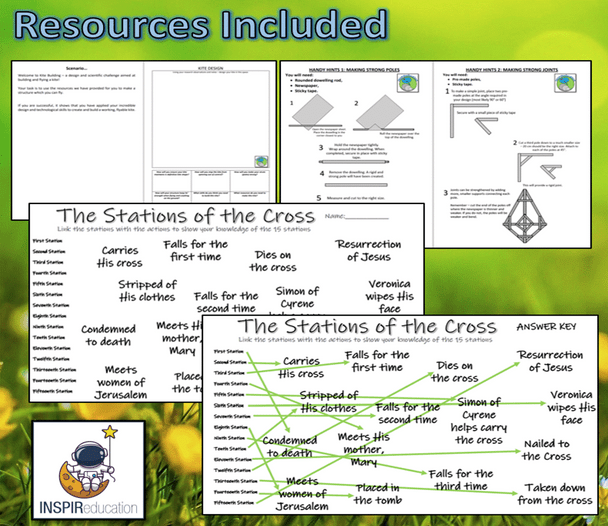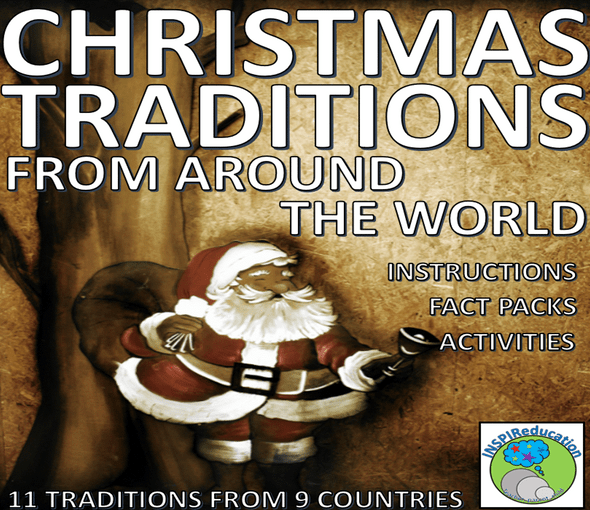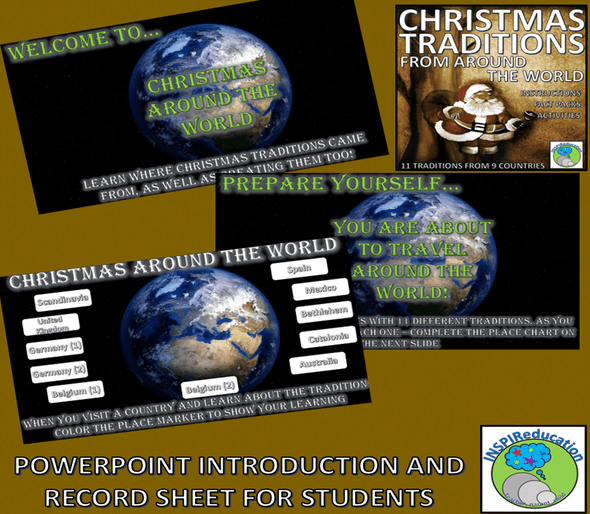Description
Host your own Easter Party with your students where they can learn all about where our Easter traditions come from whilst at the same time, creating, tasting, playing and smelling Easter in their own classrooms!
We have devised the product to use with our own students in order to build on their excitement for this very exciting season of bunnies, eggs, hunts and parades. We have used a number of well-known traditions to create a party pack where your students can learn where they came from, how they developed over years and to also have a go at creating, playing, tasting and smelling Easter. The aim was to ensure that our students knew why we have and do the things we do at Easter time, often bringing the learning back to the variations of how cultures believe different things surrounding this period of religious significance, as well as spring time crop and animal growth.
The product includes the following resources:
- Full instructions and resource list to support the activities
- PowerPoint introduction to the activity for the students
- World chart for each student to have to record where in the world they have visited
- 12 Fact Cards - sharing 12 traditions, their countries of origin and how the tradition developed and a suggested activity which links with the tradition.
The resource can be used in one of two ways with your students:
- As a whole class looking at the 12 traditions one at a time or,
- As 12 stations set up and the students move around at their own speed and using their own choices of where they want to go and what they want to learn about (this is the far more exciting choice for students to engage in!)
The 12 traditions and their countries of origin are:
- Easter Egg Roll (Washington DC USA)
- Fly a Kite (Bermuda)
- Make a fire (Finland)
- Costumes (Sweden)
- Omelette making (France)
- Easter Bonnet making (Australia)
- Easter Bunny (Germany)
- Colorful Carpets (Guatemala)
- Fireworks (Italy)
- Hot Cross Buns (Greece)
- Easter Egg Hunt (United Kingdom)
- Stations of the Cross (Jerusalem)
As the students move to each activity and learn about the origins of the tradition using the information cards, a linked activity has been created to encourage them to experience Easter traditions. Timings are up to the teacher, and can last an afternoon easily. Students, upon completion, mark their travels on a world map which each student has at the start of the activity - this is included within the resources of the product, and reminds them of where they have been.
A resource list has been created with ideas as to how the children can make/taste/play/smell the 12 traditions. Most are inexpensive and ideas for how to make the most of resources have been included in the instruction booklet. Additional resources have also been included within the product to support preparation and delivery of the activities which include:
- Notes and ideas on how to make kites including the structure
- Sequencing activity and answer key for the order of the 15 Stations of the Cross
The 12 Activities Include:
- Decorating and rolling a hard boiled egg (USA)
- Making and flying a kite (Bermuda)
- Collage of flames from tissue paper (Finland)
- Dressing up in costumes, face painting and stick decorating (Sweden)
- Making an omelette (France)
- Making an Easter Bonnet (Australia)
- Tasting different Easter bunnies - or being given one to take home (Germany)
- Designing on paper, colorful carpets (Guatemala)
- Blow painting on black card to recreate fireworks (Italy)
- Tasting hot cross buns (Greece)
- Taking part in an Easter Egg hunt (United Kingdom)
- Understanding the sequence and significance of the 15 stations of the cross - the final walk undertaken by Jesus in the Christian faith before his crucifixion.
Our students loved this product, and it was an exciting afternoon of activities in the build up to the Easter celebrations. We hope that your students love it too!
Best wishes to you
INSPIReducation



















